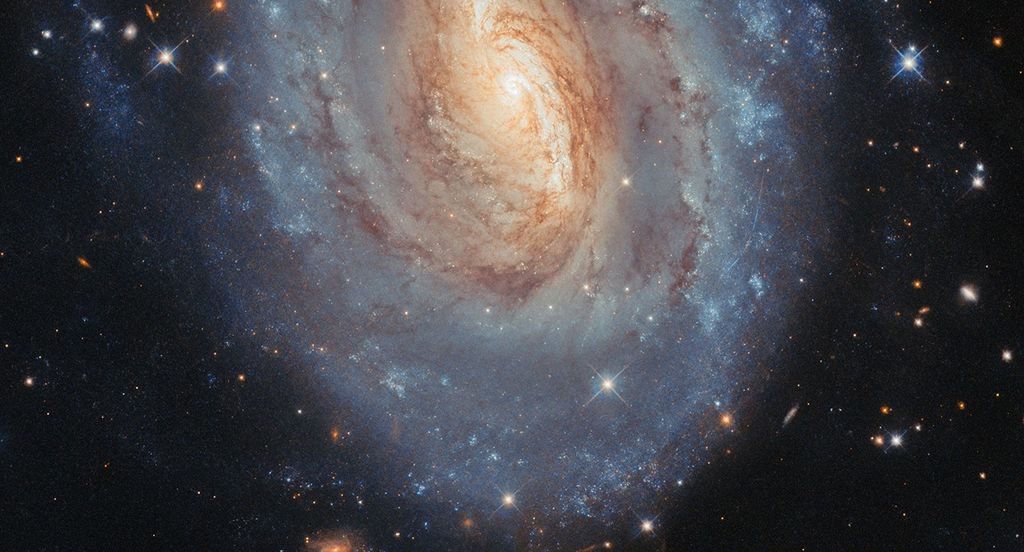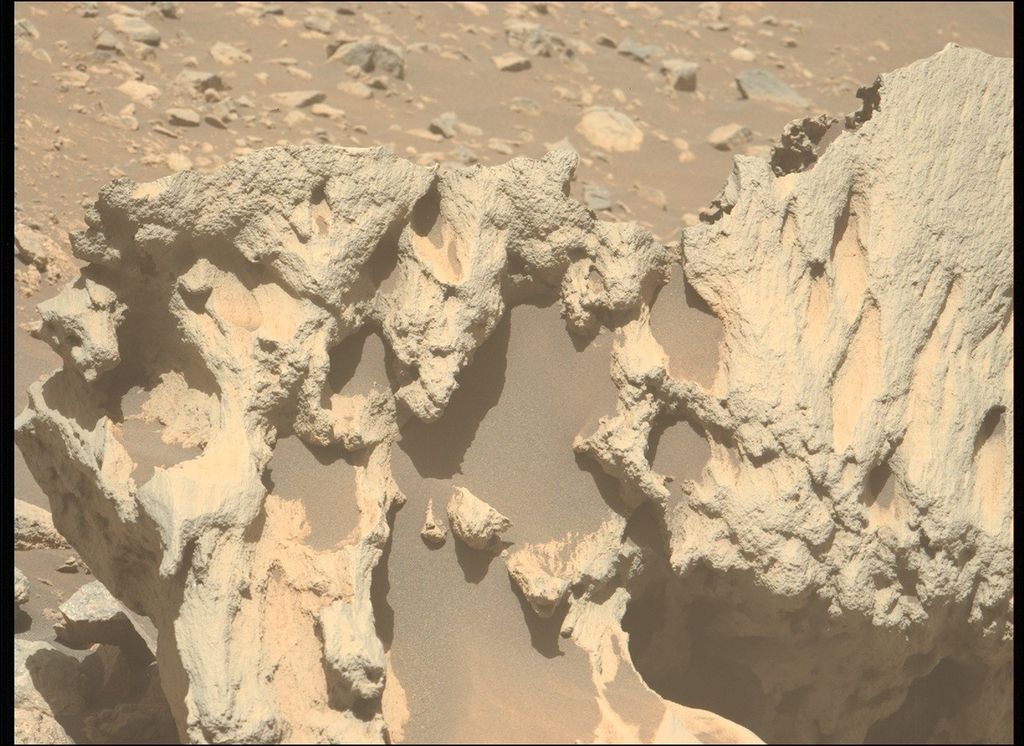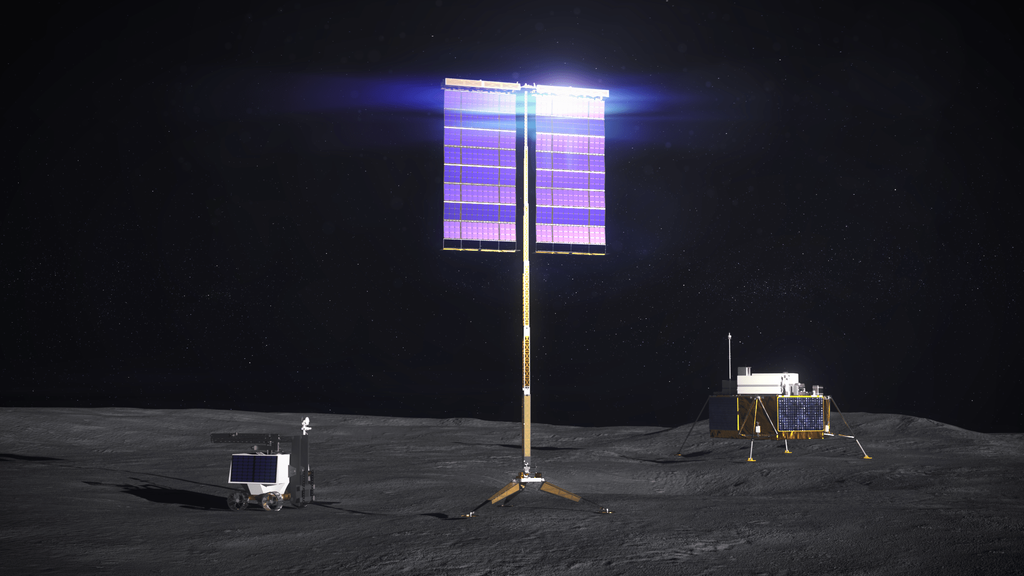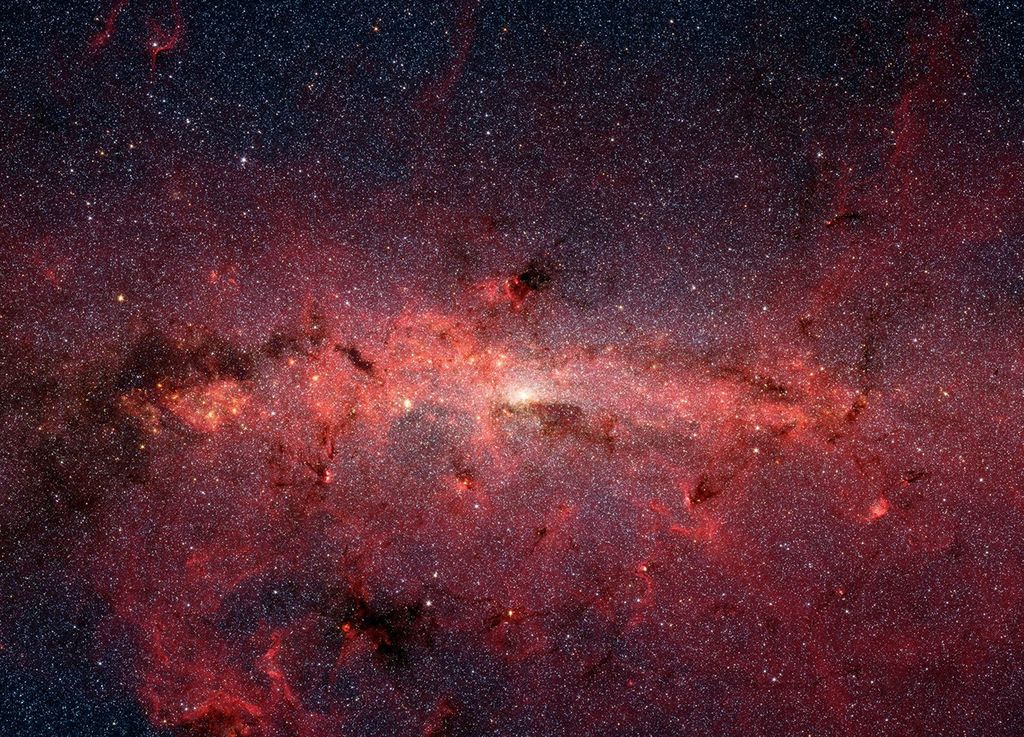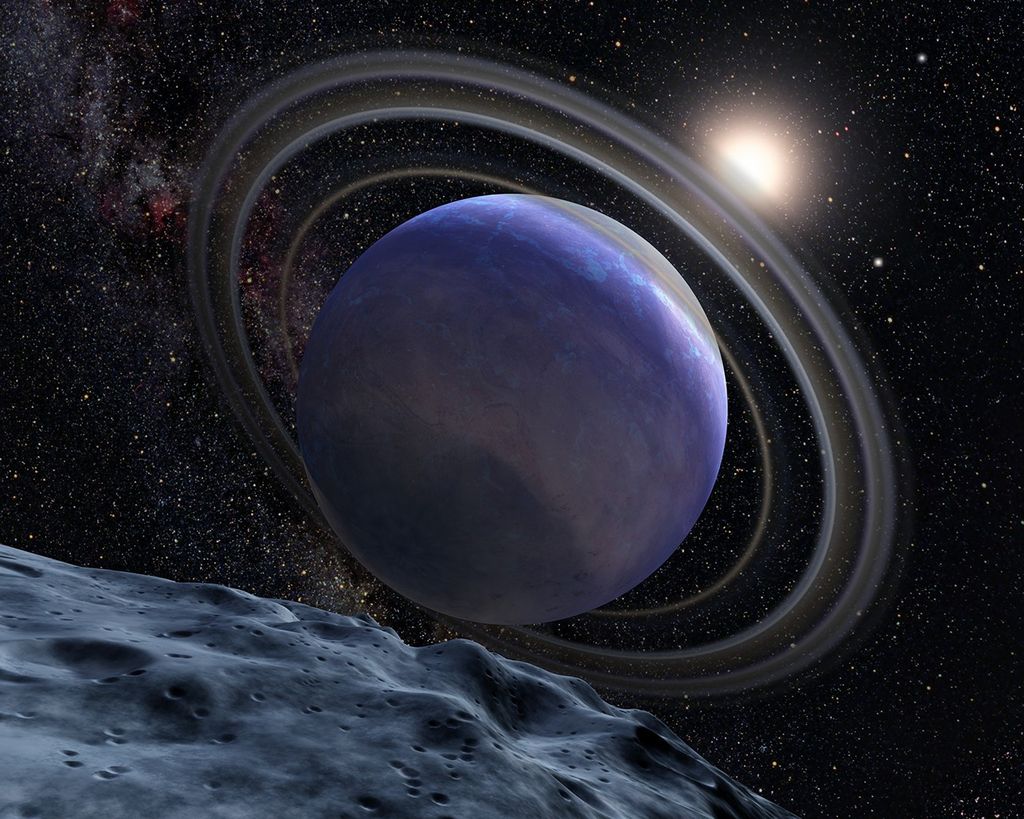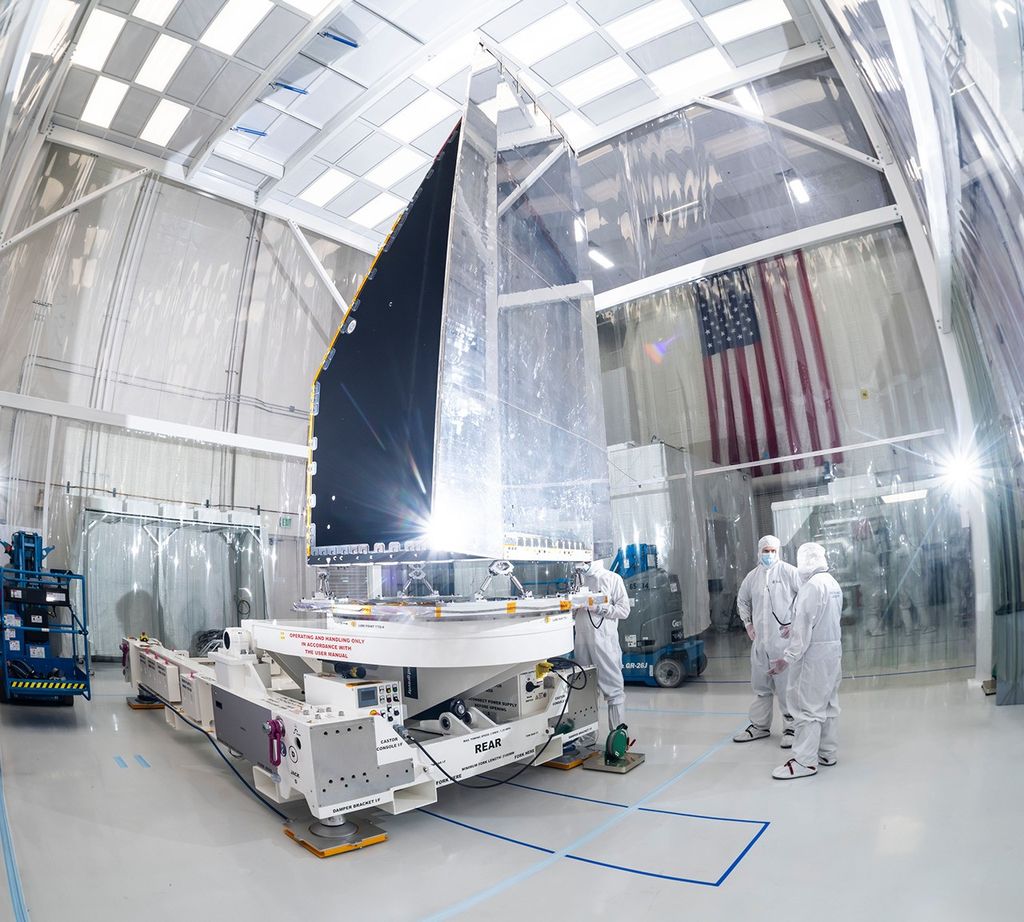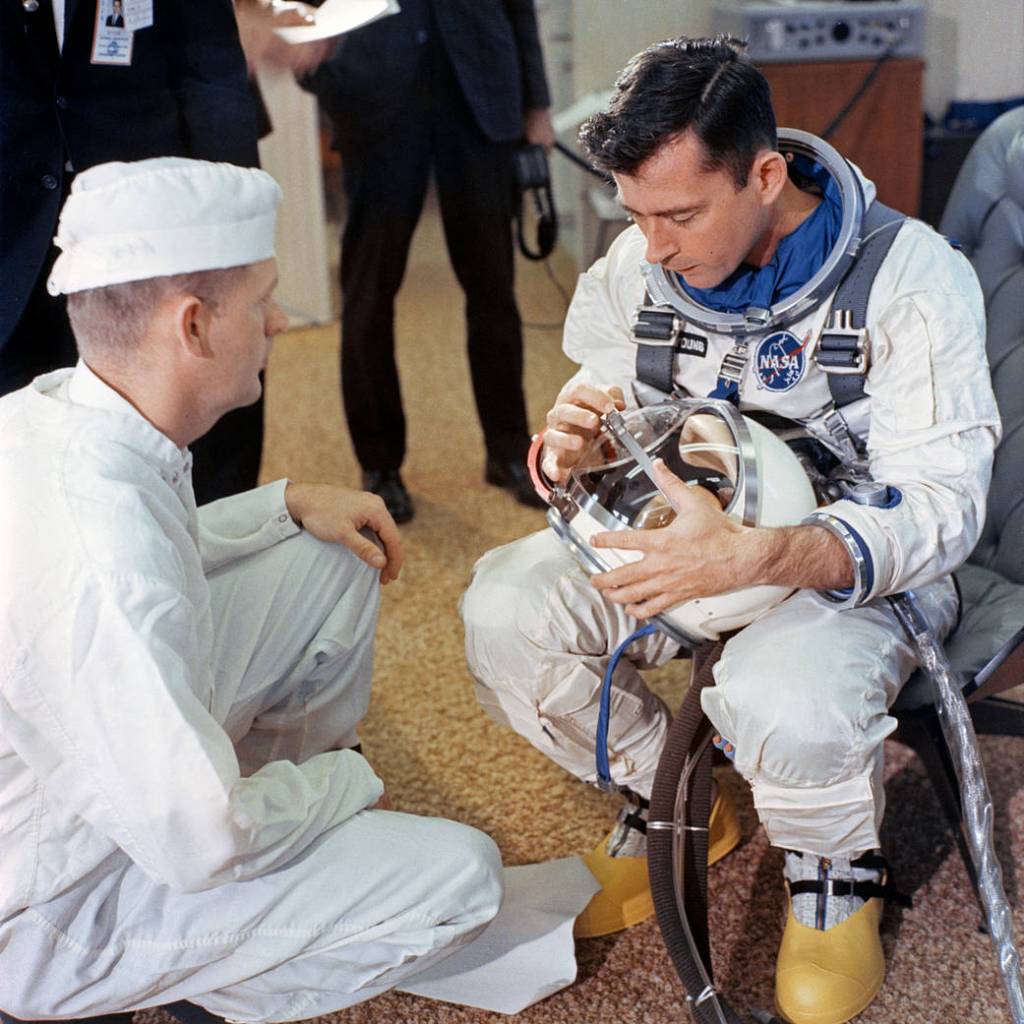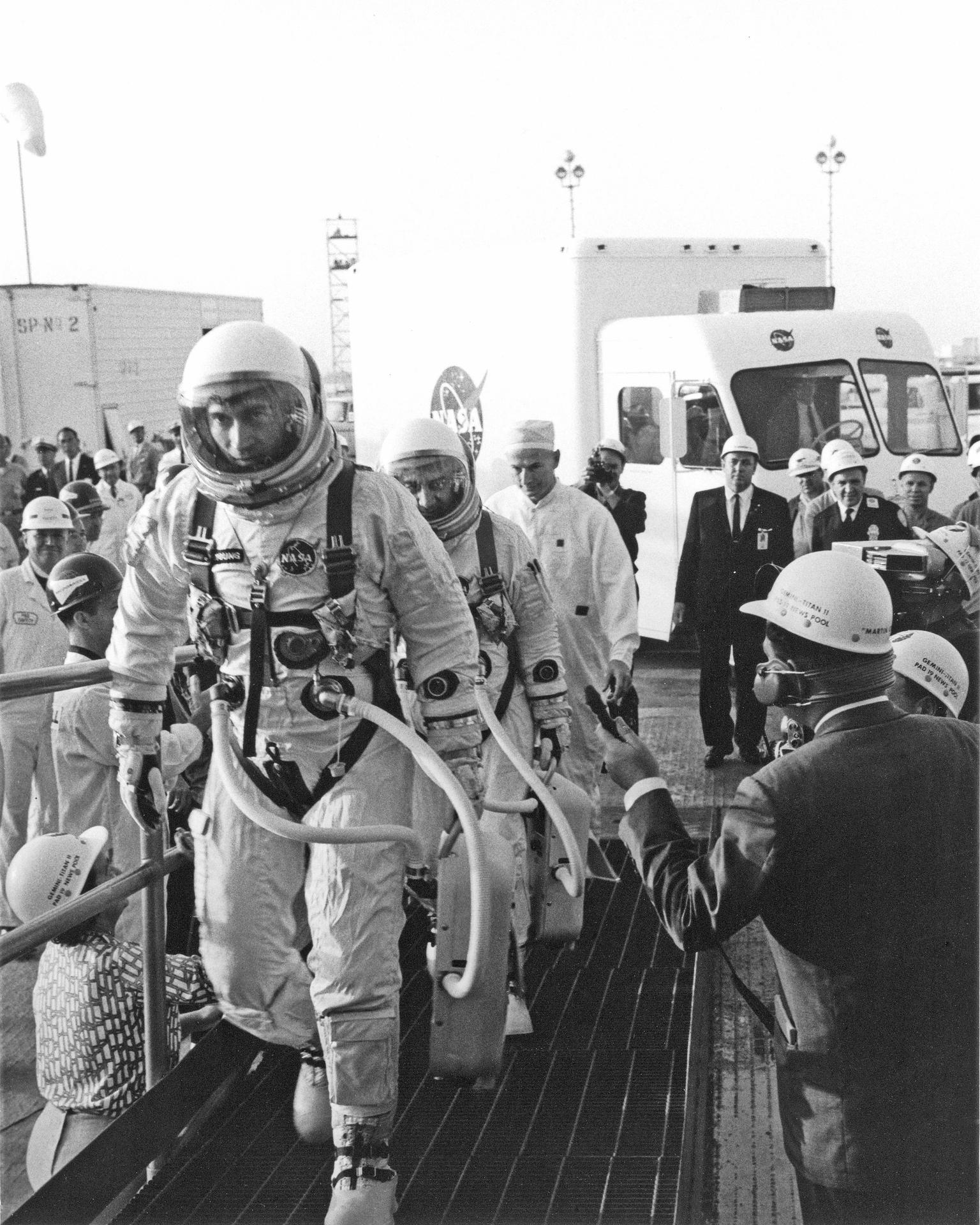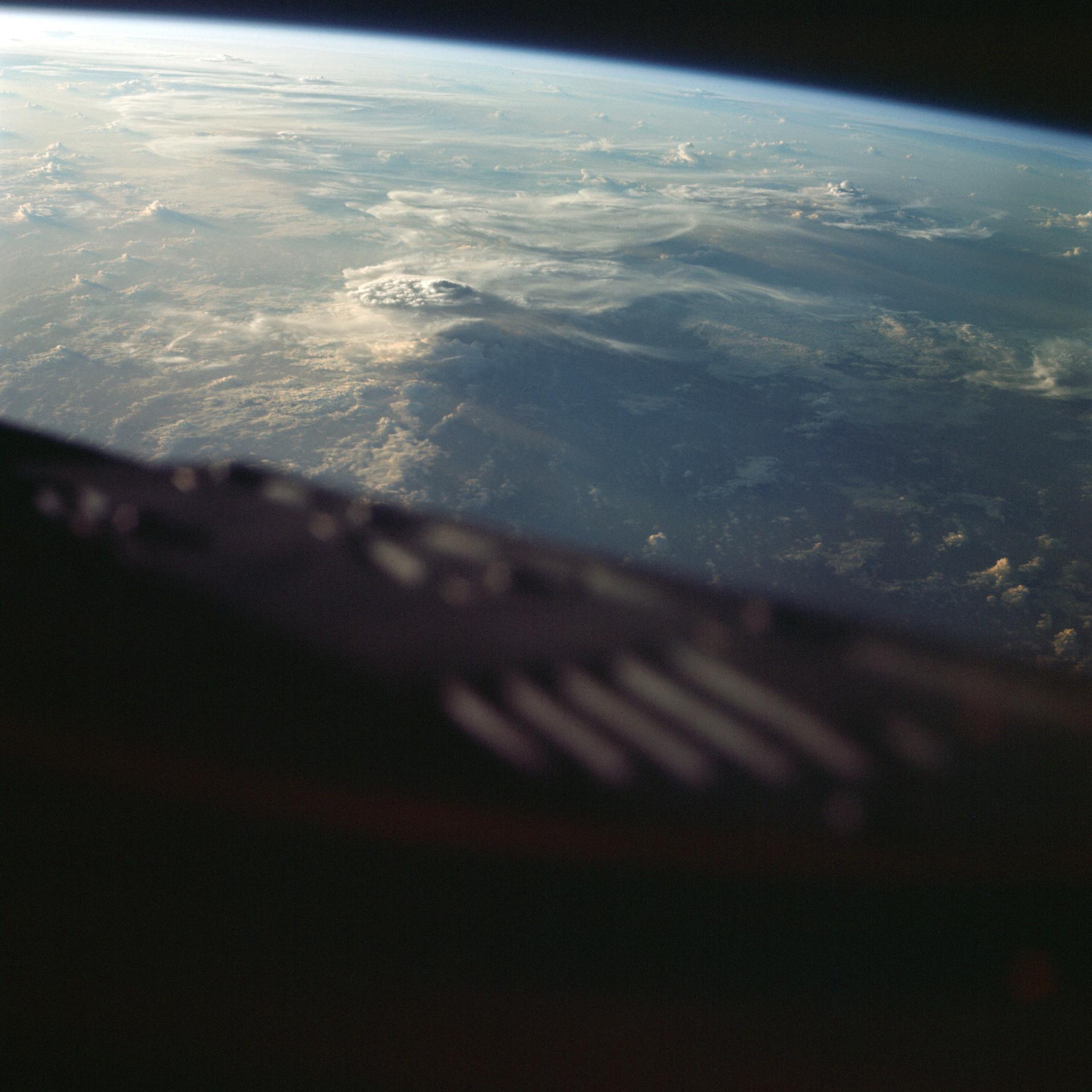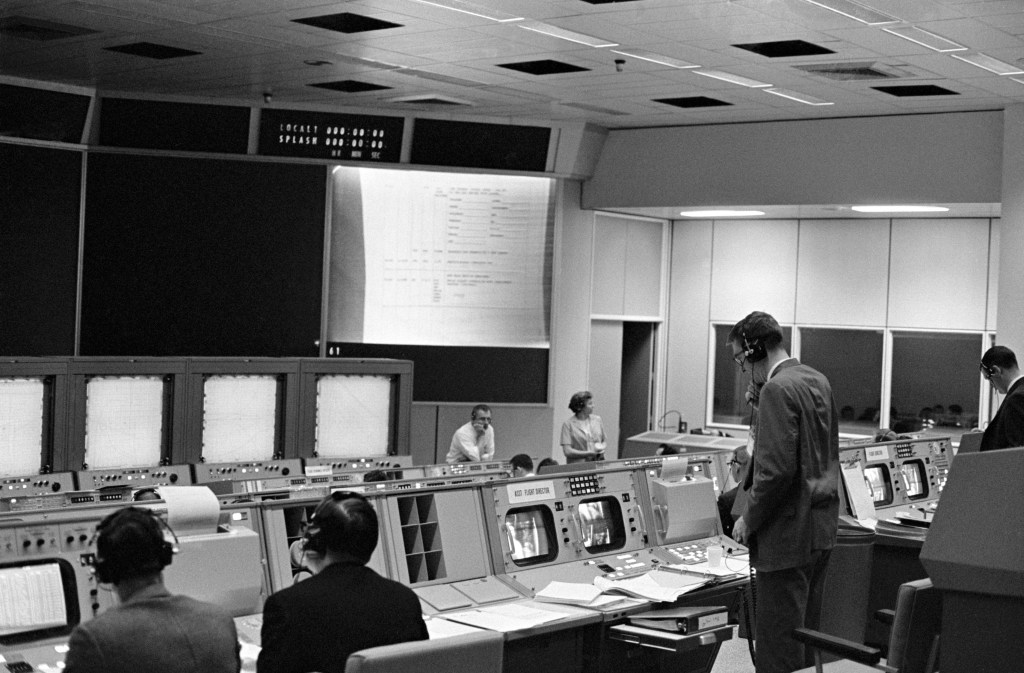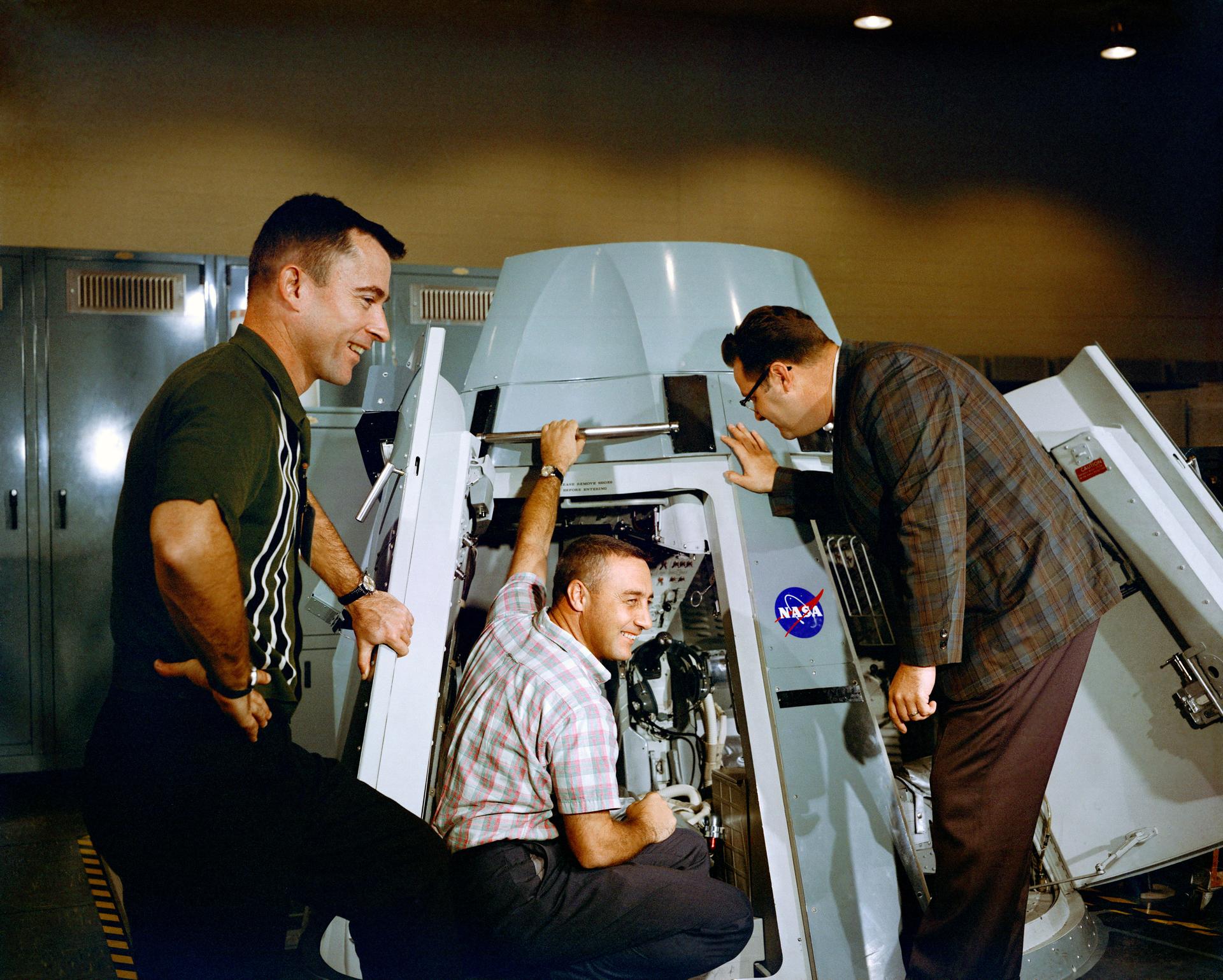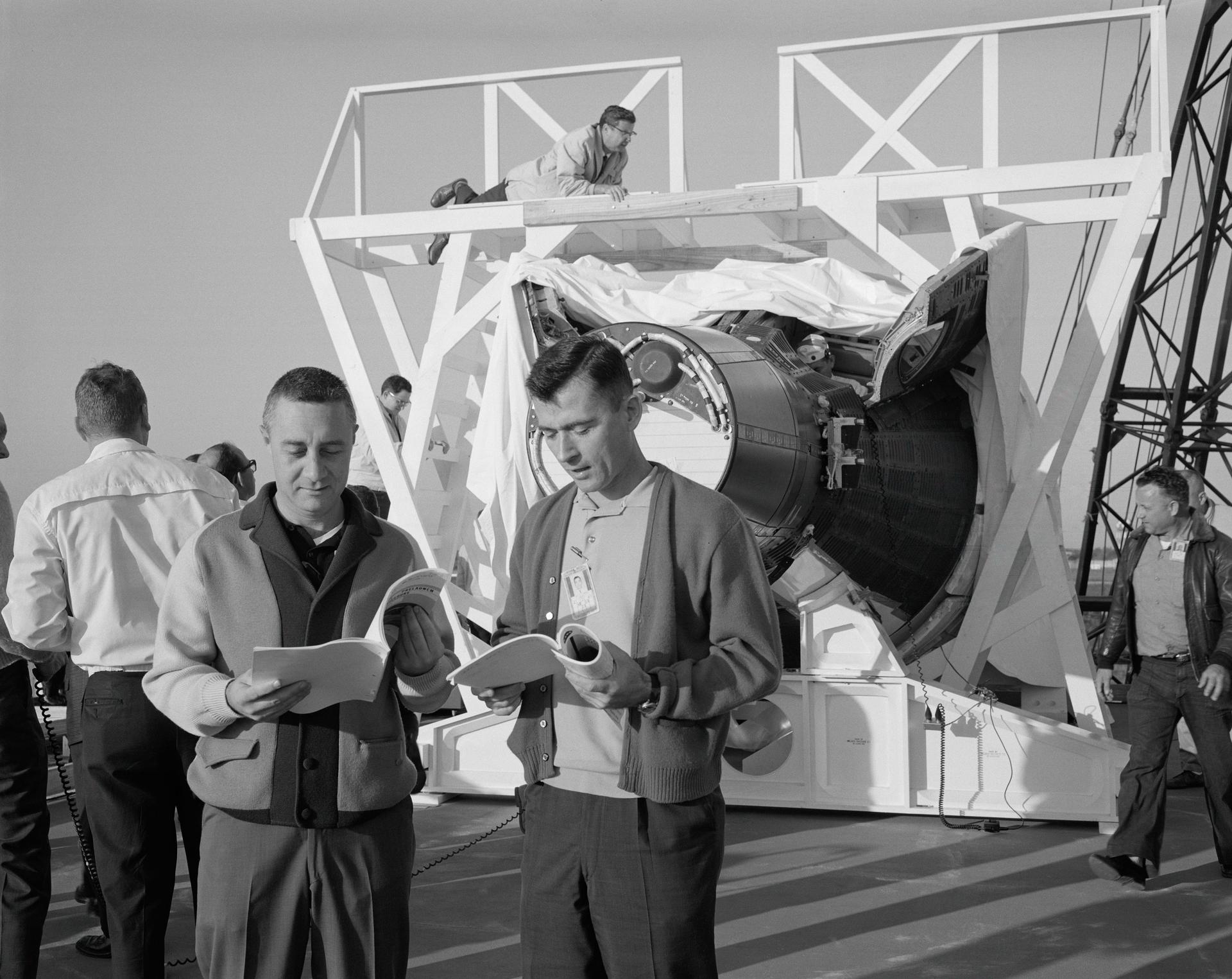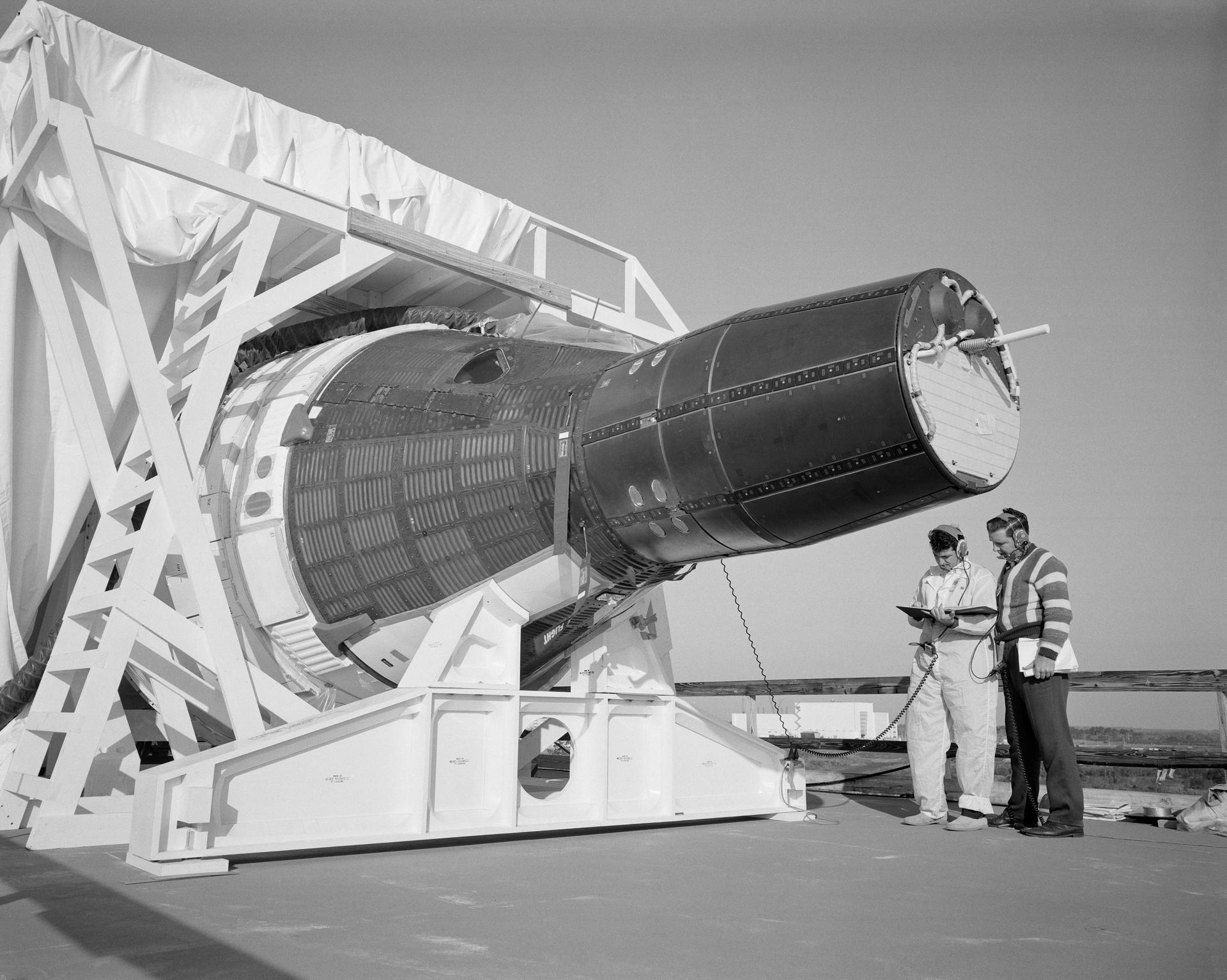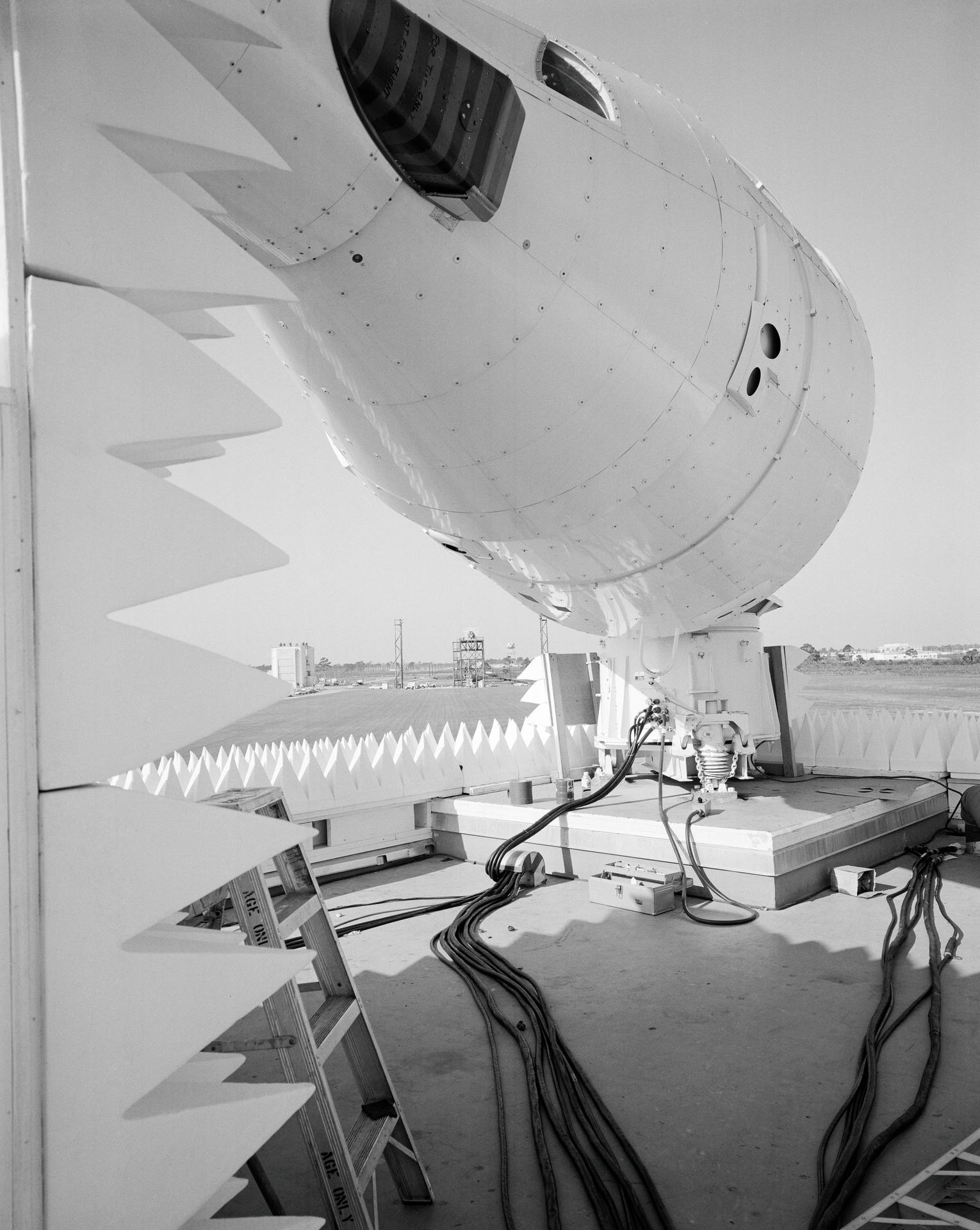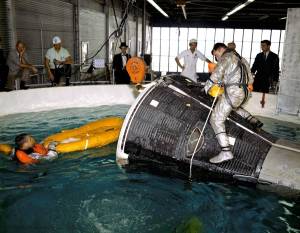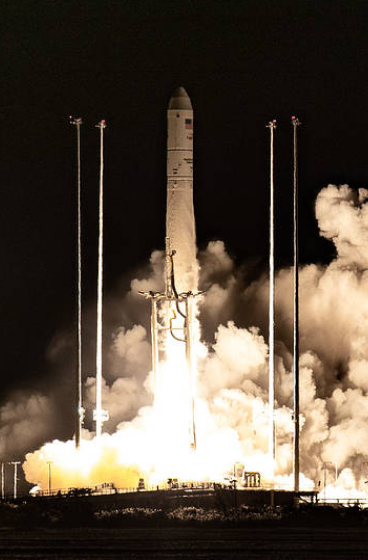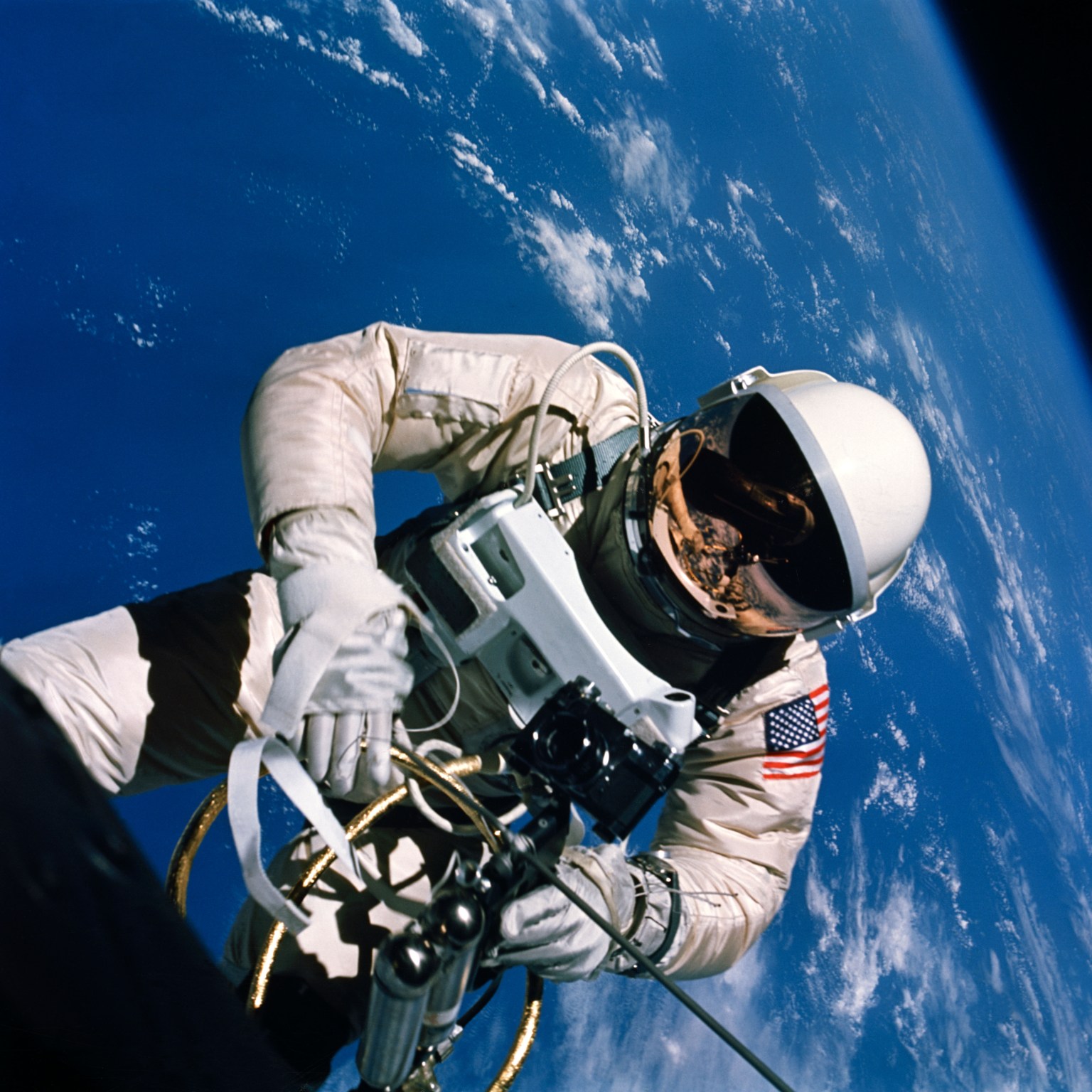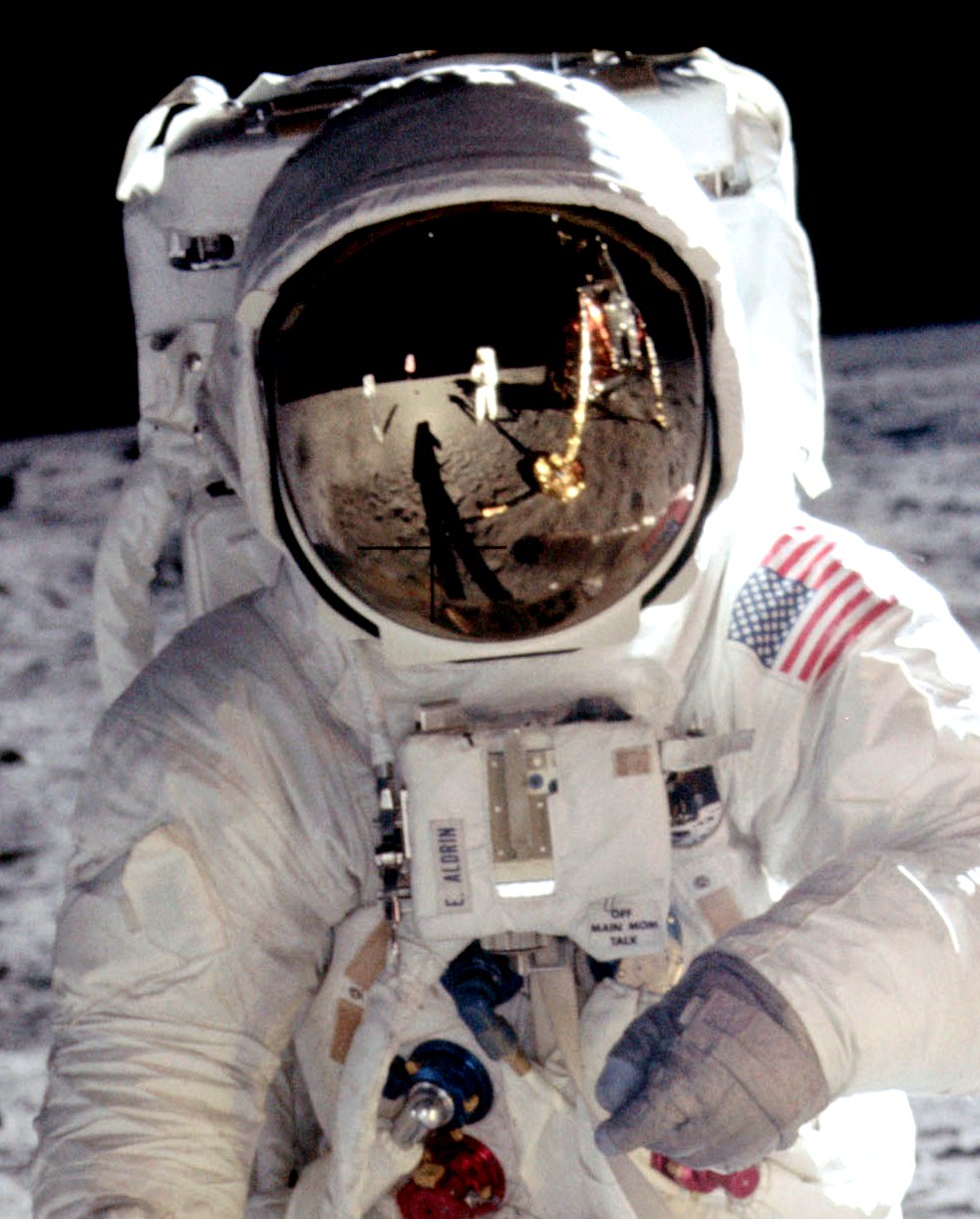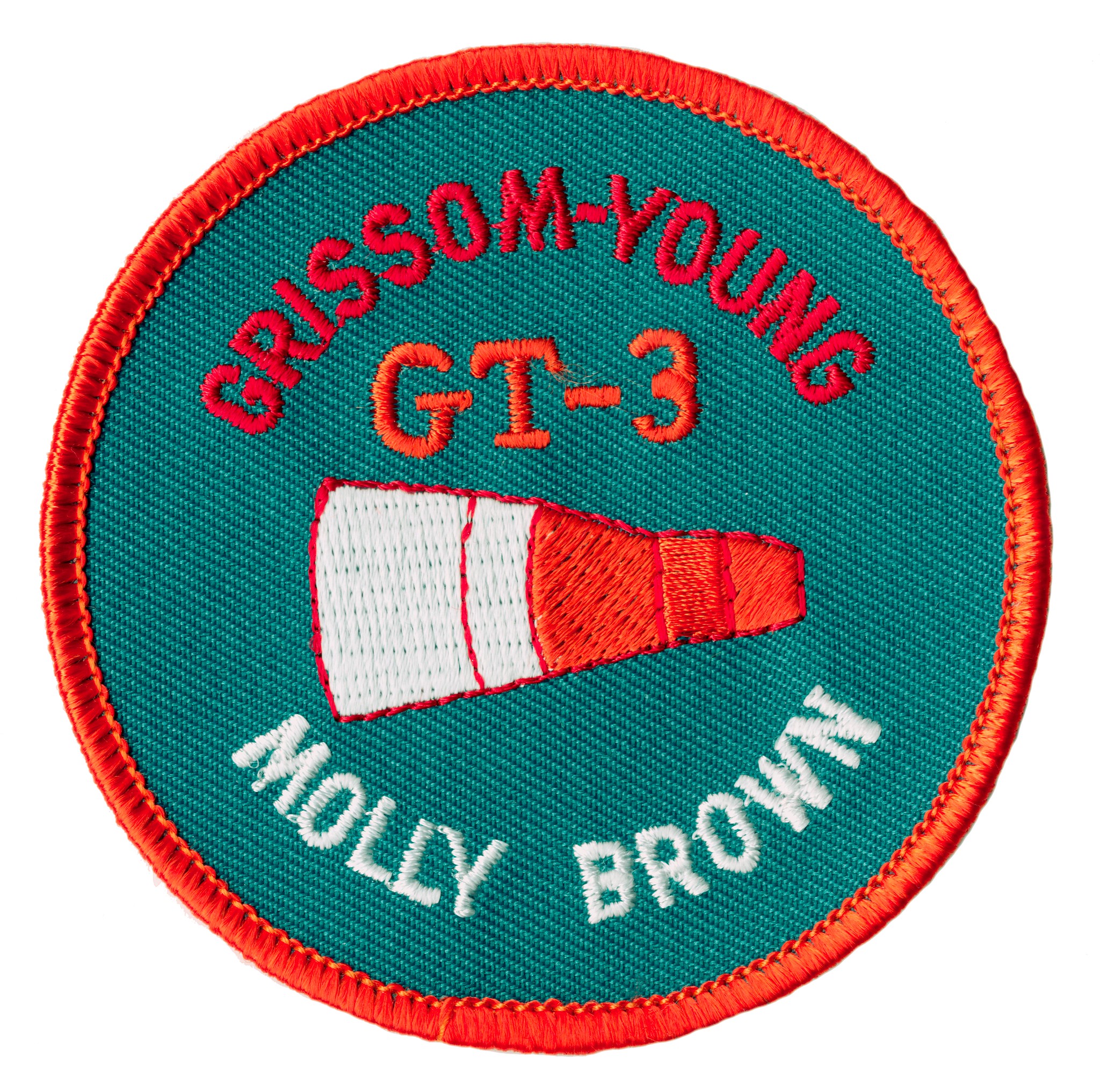
Gemini III
Flown by Virgil I. “Gus” Grissom and John W. Young, Gemini III was the first crewed flight of the Gemini spacecraft. It was NASA’s first mission where the crew was able to maneuver the spacecraft in orbit by firing thrusters.
Mission Type
Mission Duration
Launch
Landing
Objectives
Gemini III was the first crewed Earth-orbiting spacecraft of the Gemini series. It was piloted by astronauts Virgil “Gus” Grissom and John Young, with the primary objective of demonstrating the crewed qualifications of the Gemini spacecraft including evaluation of the two-man Gemini design, the worldwide tracking network, the orbit attitude and maneuver system (OAMS), the control of reentry flight path and landing point, spacecraft systems, and spacecraft recovery. Secondary objectives included evaluation of flight crew equipment and effects of low-level launch vehicle oscillations (POGO) on the crew, performance of three experiments, and to obtain photographic coverage from orbit.
Gemini Pioneered the Technology Driving Today’s Exploration
Project Gemini is often referred to as the “bridge to the moon.” It spanned the period between Project Mercury, America’s…
Read the Story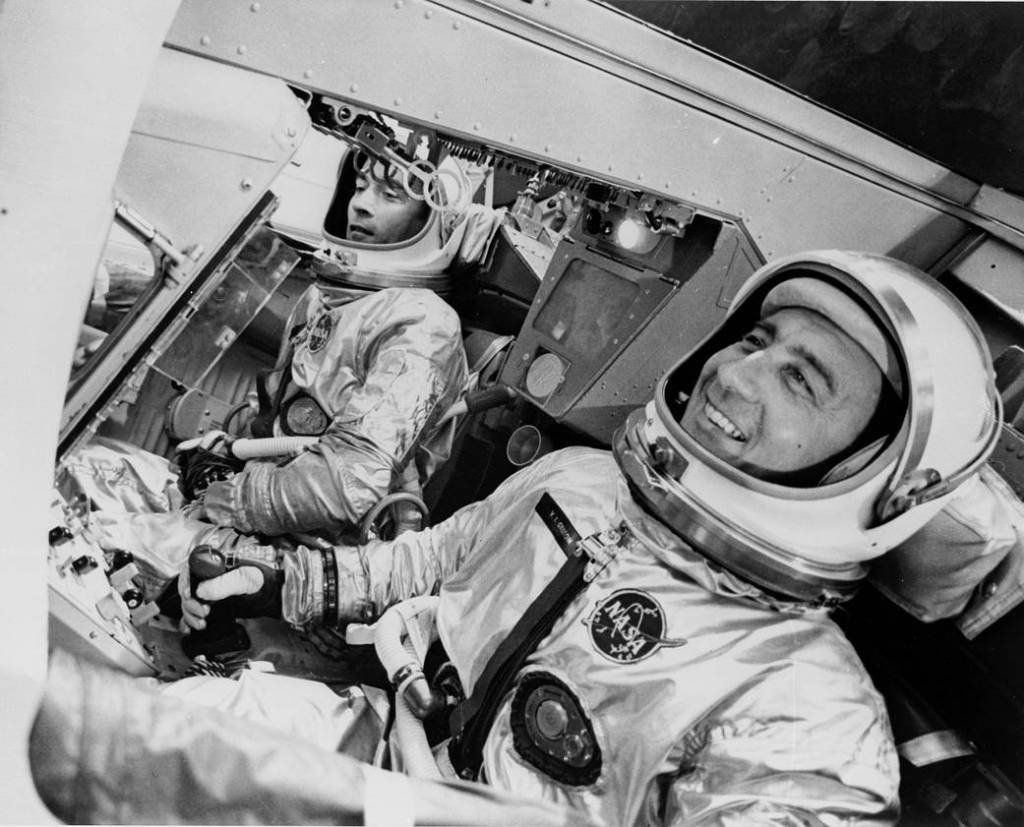
Mission Facts
Crew: Virgil I. “Gus” Grissom (Command Pilot) and John W. Young (Pilot)
Backup Crew: Walter M. Schirra Jr. and Thomas P. Stafford
Payload: Gemini 3
Mass at launch: 3,236.9 kg
Launch Date: Mar. 23, 1965, 9:24:00 a.m. EST (14:24:00 UT)
Launch Site: Complex 19, Cape Canaveral, United States
Launch Vehicle: Titan II
Revolutions Completed: 3
Duration: 4 hours, 52 minutes, 31 seconds
Landing Date: Mar. 23,1965, 2:16:31 EST (19:16:31 UT)
Landing Site: Near Grand Turk Island, 22.43° N, 70.85° W
Recovery Ship: U.S.S. Intrepid
Virgil I. “Gus” Grissom
Command Pilot
One of NASA’s first seven Mercury astronauts selected by NASA in April 1959, Grissom piloted the “Liberty Bell 7 spacecraft—the second and final suborbital Mercury spaceflight. On March 23, 1965, he served as command pilot on the first crewed Gemini flight, a three-orbit mission during which the crew accomplished the first orbital trajectory modifications and the first lifting reentry of a manned spacecraft.
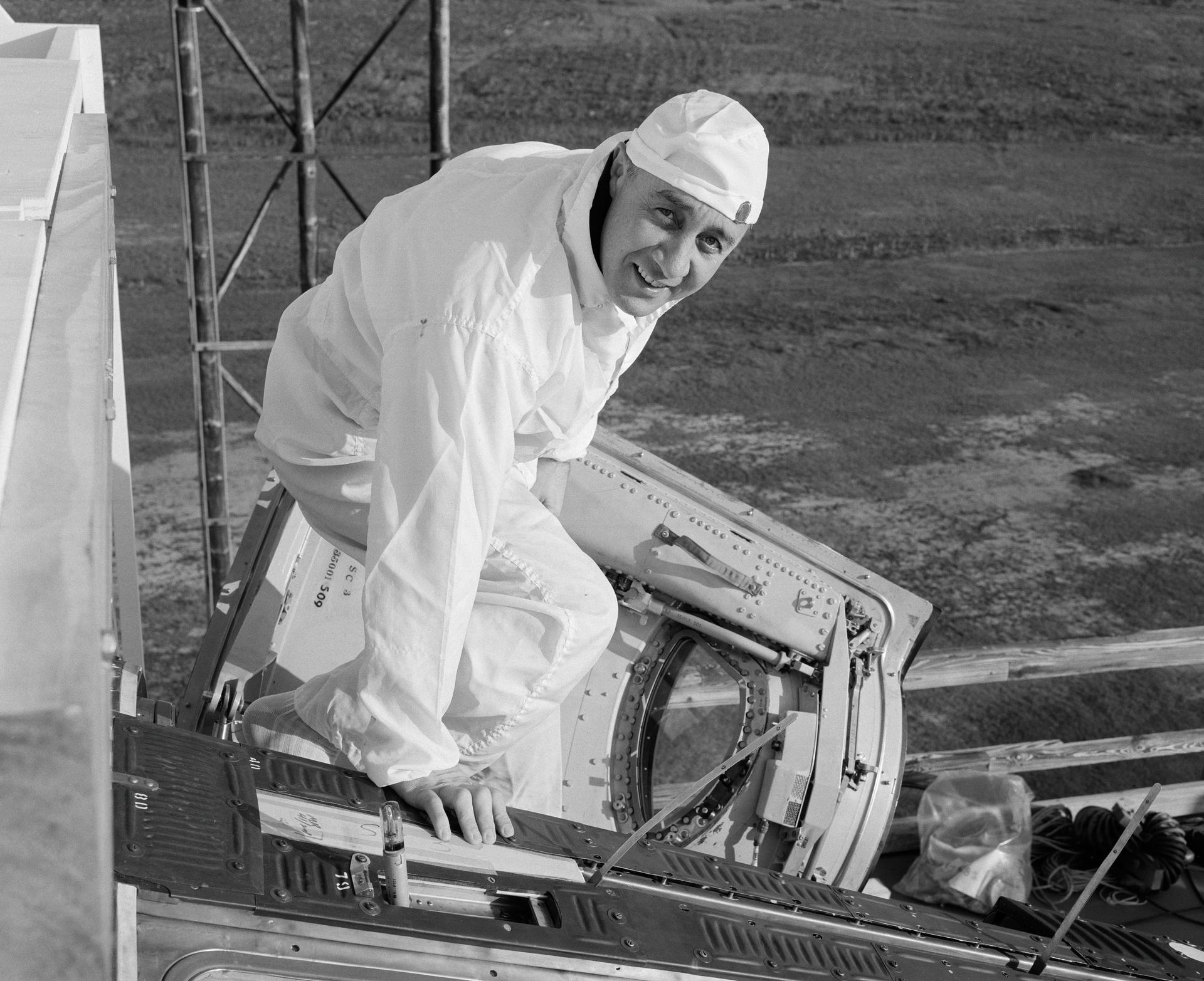
John W. Young
Pilot
In September 1962, John W. Young was selected as an astronaut in NASA’s second astronaut group. He was the first person to be launched into space six times from Earth. He logged more than 15,275 hours flying time in various aircraft, and 835 hours in space over six space flights.
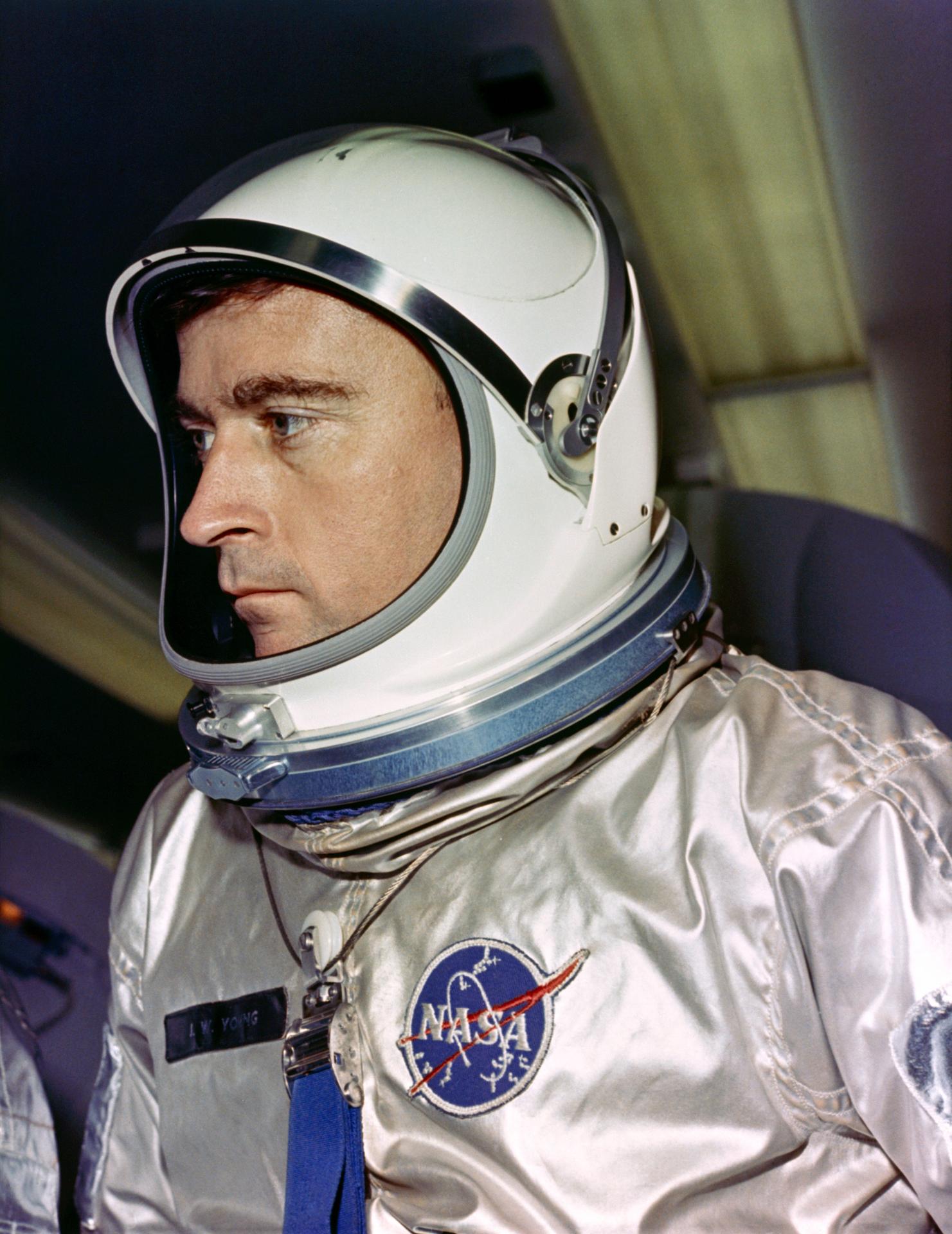
Mission Overview
Gemini III was launched from Complex 19 on Mar. 23, 1965, at 9:24 a.m. EST (14:24:00.064 UT) and inserted 5 minutes and 54 seconds later (9:29:54 a.m. EST) into a 161.2 x 224.2 km orbit with a period of 88.3 minutes. At the end of the first orbit, Grissom effected the first orbital maneuver, which lowered the orbit to a near-circular 158 x 169 km. On the second orbit, Grissom altered the spacecraft inclination by 0.02 degrees. Near the end of the third orbit, at 4:21:23 ground elapsed time, or GET (1:45:23 p.m. EST), the perigee was lowered to 84 km to allow the orbit to decay naturally in case of retrorocket failure. Reentry began at the end of the third orbit and was manually controlled with retrofire at 4:33:23 GET (1:57:23 p.m. EST). At an altitude of 90 km, about 7 kg of water were injected into the ionized plasma sheath resulting in improved communications during the blackout period.
Splashdown occurred in the Atlantic in the vicinity of Grand Turk Island, at 22.43° N, 70.85° W, at 4:52:31 GET (2:16:31 p.m. EST). Due to less-than-expected spacecraft lift during reentry, the spacecraft landed 111 km short of the target point. Both astronauts became seasick, removed their suits, and left the spacecraft at about 3:00 p.m. EST. They were picked up by helicopter and taken to the recovery ship U.S.S. Intrepid at 3:28 p.m. EST, where they were found to be in good condition. The Gemini capsule was recovered at 5:03 p.m. EST. Two of the three experiments were performed successfully, the third, sea urchin egg growth in microgravity, was not completed due to a mechanical failure. The photography objective was only partially achieved because of an improper lens on the 16mm camera. All other mission objectives were achieved.
Gemini III Articles
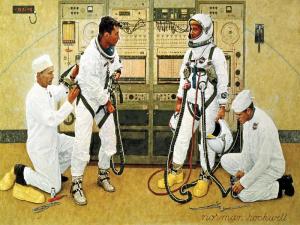
In his painting called Grissom and Young, American painter and illustrator Norman Rockwell captures technicians helping NASA astronauts John Young and Gus Grissom suit up for the first flight of the Gemini program in March 1965. NASA loaned Norman Rockwell…
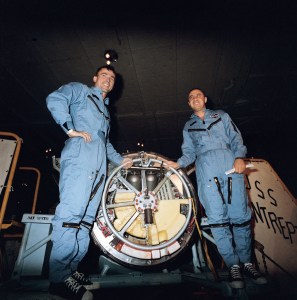
On March 23, 1965, the United States launched the Gemini III spacecraft with astronauts Virgil “Gus” Grissom and John Young aboard, America’s first two-person spaceflight. Grissom earned the honor as the first person to enter space twice and Young as…

“I hid a sandwich in my spacesuit,” Astronaut John W. Young confessed in the April 2, 1965, issue of Life Magazine. The conversation about and the consumption of the sandwich, which lasted only about 30 seconds during the Gemini III…
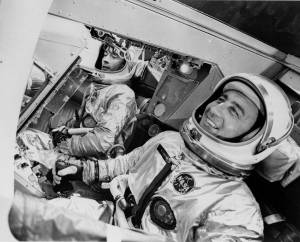
Project Gemini is often referred to as the “bridge to the moon.” It spanned the period between Project Mercury, America’s first efforts to determine if humans could survive in space, and the Apollo lunar landing flights. Looking back across a…

